Advertisement
'This is my people who are dying' - covering Congo's Ebola outbreak
BENI, Democratic Republic of Congo (Reuters) - The Ebola clinic stands in a hospital compound in eastern Democratic Republic of Congo, a day's drive from the regional capital Goma but close to home for Reuters TV cameraman Djaffar Al Katanty.
He grew up in the region that has become the epicentre of the world's second worst recorded outbreak of the deadly viral disease on record. At the last count at least 1,477 people have died and cases have cropped up in neighbouring Uganda.
"We were seeing people dying day after day. Children being taken away to be buried and ambulances arriving with new cases ... This is my people who are dying," says Katanty.
On this trip, he is visiting a frontline clinic in the border town of Beni with Reuters photographer Baz Ratner and reporter Alessandra Prentice to record the full impact of Ebola and gather data on its spread.
They interview an elderly man who dabs his eyes with a frayed handkerchief as he describes how his granddaughter fell ill then succumbed days later to the haemorrhagic fever. His voice is barely a whisper.
One of the cruellest features of the Ebola infection is the ease with which the virus can spread through contact. Friends, family and medical staff have learned the drill to minimise the chance of that happening. So have Reuters' reporters.
Nobody shakes hands. Nobody embraces in greeting or farewell. There are disinfectant sprays at the entrance and exit.
PRECAUTIONS
"It is painful to talk to people who are suffering but not to be able to reach out to them," Katanty says. "It hurts to see people suffering ... and to have to keep a distance."
The health workers and families are facing much greater risks than the reporters. But the team still has to keep safe.
The first sign of Ebola is often a fever, so they take their temperature twice a day.
They have repeatedly practiced getting in and out of full-body protective gear. That is not needed today as the clinic has been designed to accommodate visitors; patients are kept apart in transparent-sided cubicles.
It is not possible to go into the cubicles. So, at one point, Ratner encloses his camera in a case normally used by underwater divers and a member of staff takes it inside during her rounds. That lets Ratner take photos by reaching in through an access point with rubber-gloved hands to operate the camera from outside.
The team seeks permission from patients and guardians before taking footage.
At the end of the day with his interviews done, Katanty wipes down his tripod and the rest of his gear, removes the foam covering from his camera's microphone, soaks it in chlorine solution and leaves it to dry in the tropical sun.
(Editing by Andrew Heavens)

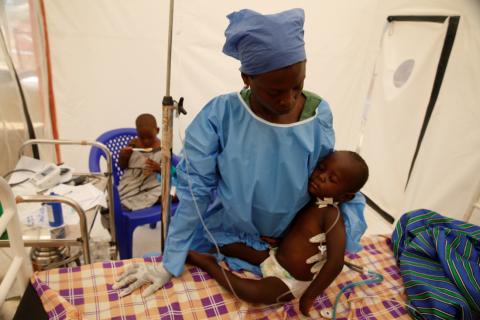

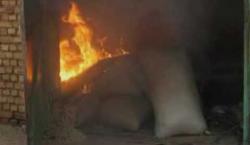
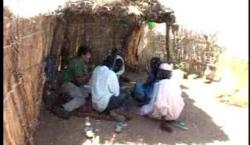

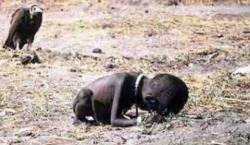
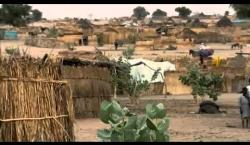
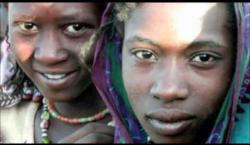

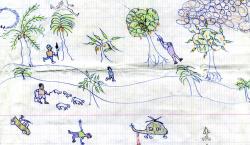





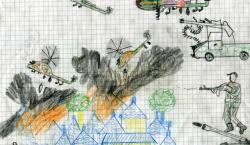
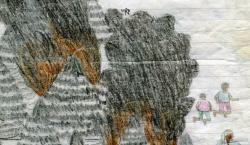
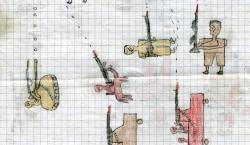
Add new comment